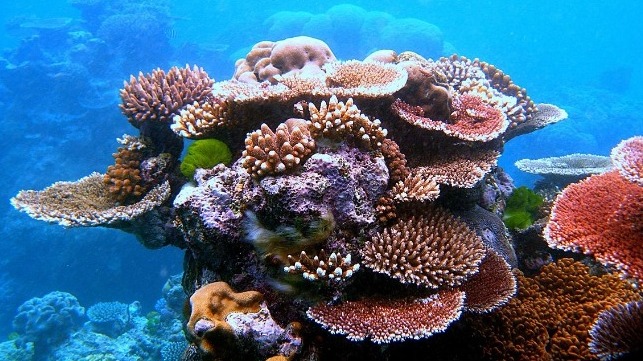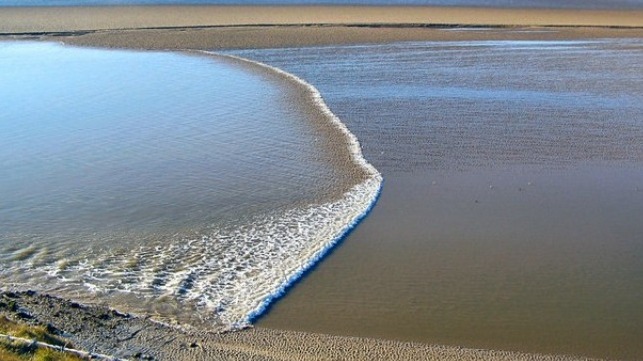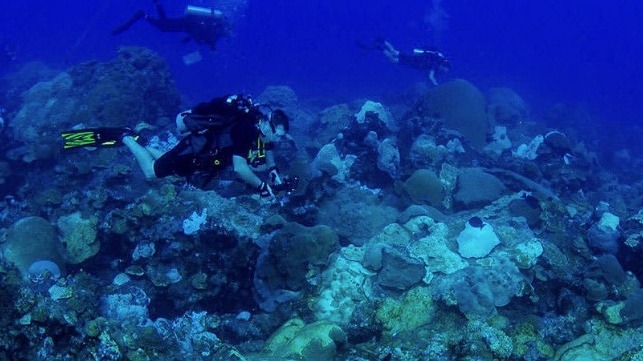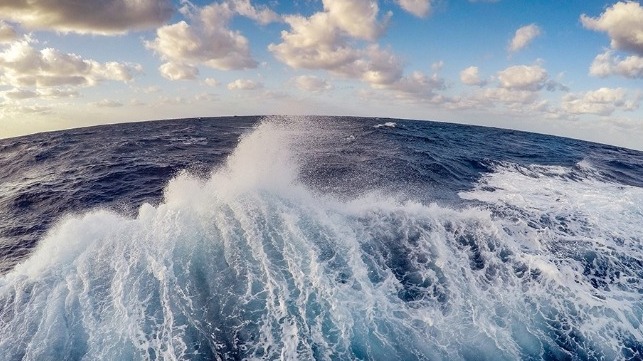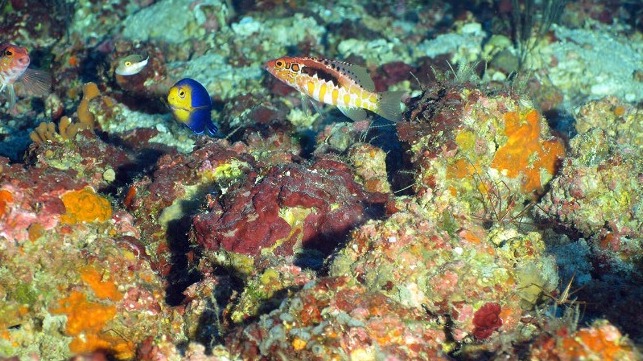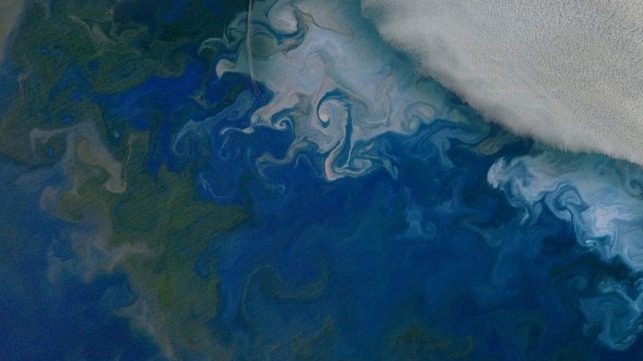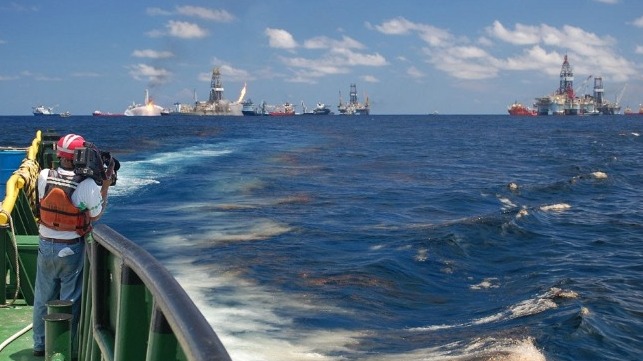NOAA National Ocean Service

11 Nations Join Forces for New Coral Conservation Effort
The governing body of the Global Coral Research & Development Accelerator Platform held its first meeting last month. The King...
Four Rarely-Heard Ocean Terms
1. Gravity Wave Gravity waves, not to be confused with gravitational waves, form when air is pushed up and gravity pulls t...
The Coast Survey's Role in the Hurricane Delta Response
NOAA’s Office of Coast Survey has concluded its hydrographic survey response following Hurricane Delta. At the immediate req...
New Species of Mat-Forming Algae Smothers Coral on Subtropical Atoll
[By Marissa Garcia] In August 2019, researchers took a dive at Pearl and Hermes Atoll (Manawai) in Papahanaumokuakea Marine Nat...
How Tide Predictions Made D-Day Possible
D-Day, codenamed Operation Neptune, was the largest amphibious landing not only in World War II, but in history. It marked the sta...
Watching for Changes in Marine Biodiversity
Changes in marine biodiversity—the variety and variability of life in the ocean—can be an early indicator of change, p...
Fast Facts: How Much Oxygen Comes From the Ocean?
Scientists estimate that 50-80 percent of the oxygen production on Earth comes from the ocean. The majority of this productio...
NOAA Proposes to Expand Flower Garden Banks Marine Sanctuary
Some of the healthiest coral reefs in the world are located in the Gulf of Mexico, miles off the coast of Texas and Louisiana. Ris...
NOAA Facts: What Are Plankton?
The word “plankton” comes from the Greek for “drifter” or “wanderer.” An organism is considere...
How Technology Has Changed Spill Response Since Deepwater Horizon
The National Oceanographic and Atmospheric Administration (NOAA) was on the scene of the Deepwater Horizon oil spill from the earl...

